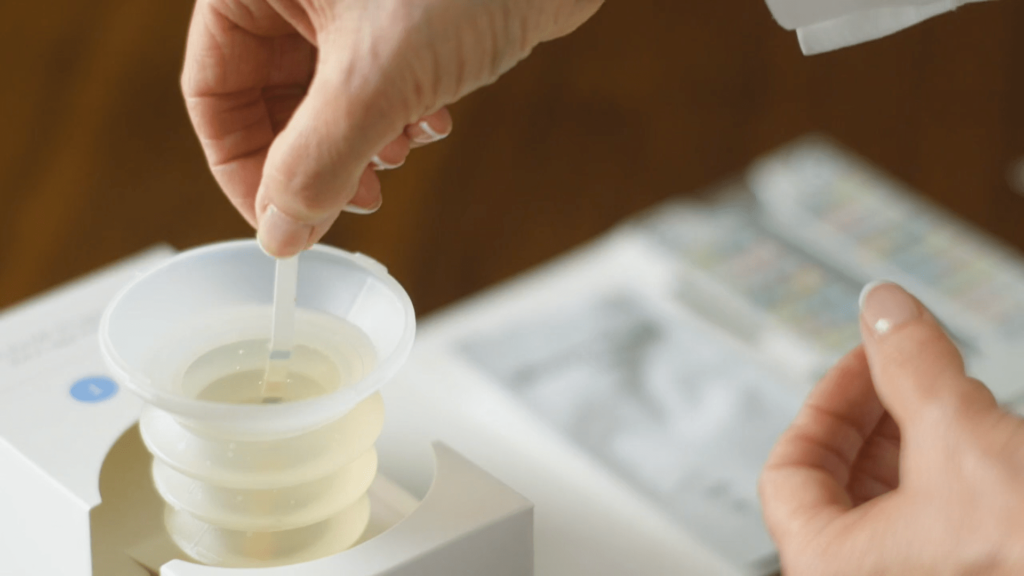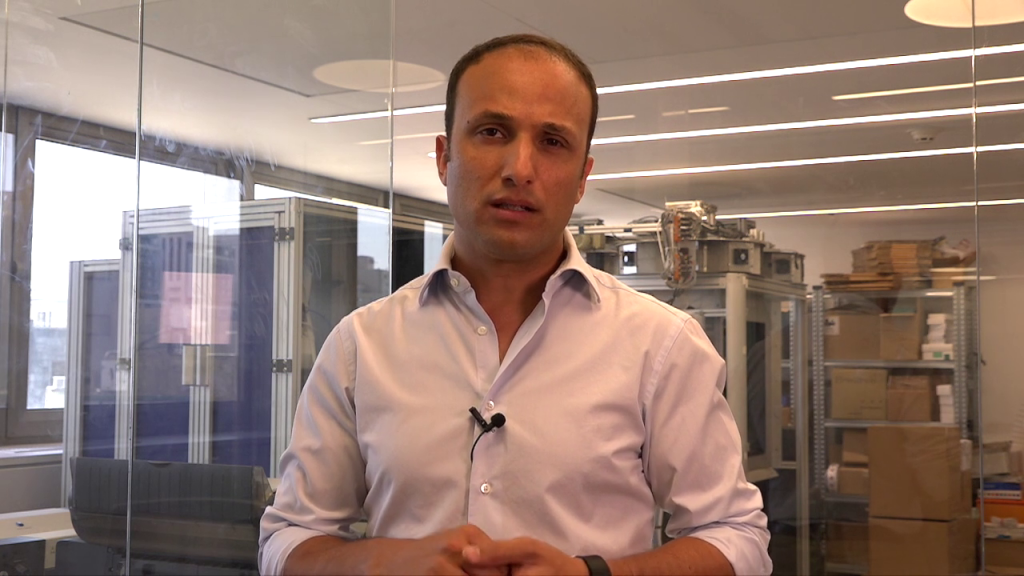People’s lifestyles play a critical role in determining their health. In order to better combat costly and dangerous conditions like chronic kidney disease, healthcare needs to empower people to take control of their health. Rather than assume that patients will prioritize their health, healthcare must find its way into patients’ priorities.
Ask almost any healthcare professional, and they will tell you that it is sometimes tempting to blame the patient for what ails them. If only Mr. Smith would exercise more and cut down on those burgers. How many times have I told Mrs. Jones to quit smoking?
It’s easy to understand the frustration. We are each born with a unique genetic makeup that predisposes us towards certain ailments and health conditions. But behaviors like tobacco and alcohol consumption, poor nutrition, and a sedentary lifestyle—to name a few—play a very important role in our epigenetics, or how our genome functions and expresses itself. The effects can be highly detrimental to our health.
Despite the breakthroughs that medical research has brought us over the past century, the fact remains that the contribution of lifestyle to the health of individuals is unparalleled. Unfortunately, lifestyle’s negative potential is also well demonstrated: lifestyle factors are the leading cause of chronic disease.
Chronic conditions are on the rise around the world. The reasons for this rise are systemic. The ageing global population is one prominent example. But the habits and behavior of individuals, when viewed at scale, are systemic as well. When one person at risk for chronic kidney disease misses out on his annual urine test, he may have missed an opportunity to detect the potentially fatal disease in its early stages. But when 80% of the Americans at risk for the disease don’t do their annual test, the consequences for society are enormous.
In too many cases, patients face barriers at every turn to being actively engaged with their own health. Yet tempting as it may be to blame a patient who didn’t adhere to a test or treatment plan, that clearly isn’t the right approach. As the World Health Organization stated in its seminal report on the prevention of chronic diseases:
Consumer-Centric Healthcare
Outside of the healthcare space, consumer-centric services are the new prevailing standard. As industries such as retail and banking shift much of their services online, they go the extra mile for each individual client. Convenience is one important element: people can do their shopping late at night, or make bank transactions over the weekend. Another key element is tailoring experiences for each consumer, offering each a bespoke service in accordance with their preferences and past behavior.
To better serve patients, healthcare should take a page out of the e-commerce playbook, and meet patients where they are. This is a tenet of patient-centered care: placing the individual’s specific health needs and outcomes at the heart of the clinical decision-making process. But healthcare must take an even wider view, and work itself into the life flow of patients. Rather than assume that patients will prioritize their health, healthcare must find its way into patients’ priorities.
When people’s time and preferences are respected, they are better empowered to take a proactive and willing part in the maintenance and monitoring of their health, rather than having to be convinced to do so. Combining healthcare with the best that patient-facing technology has to offer can activate patients to take a central role in managing their own health.
How Patient Activation Influences Outcomes and Healthcare Costs
Patient activation is a concept that describes the “knowledge, skills and confidence a person has in managing their own health care.” Developed by Professor Judith Hibbard of the University of Oregon, the concept has been translated into a quantitative measure—the Patient Activation Measure, or PAM—that has been shown to accurately predict patient outcomes.
A patient’s ranking of statements such as “I am able to handle symptoms of my health condition on my own at home,” can give a solid indicator as to how likely she is to keep a healthy diet or self-manage her chronic condition.
Patients with higher activation scores are by their very nature more likely to engage in preventive behaviors. They attend their regular check-ups and screenings, follow their doctor’s orders, and are quick to schedule a follow-up appointment when necessary.
Additionally, higher patient activation strongly correlates with lower health care costs, because highly activated patients have lower rates of hospitalization and emergency room admittance (they are also more likely to have better blood pressure, blood sugar, BMI, and cholesterol levels).
Conversely, patients with a lower score are less likely to follow the ideal medical regimen. All else being equal, they are in a different risk category altogether from their activated counterparts. Accordingly, their health outcomes—and the associated costs—are likely to suffer.
Low activation among patients can potentially result in costly and dangerous outcomes. People with diabetes or hypertension have a high risk of developing chronic kidney disease, or CKD. The disease is asymptomatic in its early stages, when its progression can still be slowed or reversed, before it reaches its later stages that can require kidney dialysis or transplant. A simple urine test that detects the protein albumin can diagnose CKD early, but the vast majority of people at risk don’t get tested.
The results of their low activation are severe. Treatment for CKD (including end-stage renal disease) costs Medicare over $120 billion dollars annually, nearly a quarter of total spending. It’s clear that patients’ behavior is not about to change on its own. A different strategy is needed, which tailors the test to people’s lifestyles.
Luckily, patient activation can be raised— by meeting patients where they are. Healthy.io’s CKD Early-Detection Service allows people to take the urine test for CKD at home, at the time most convenient for them. Using a simple kit which they receive in the mail and a user-friendly smartphone app, they can complete the test in a matter of minutes, and the results are shared with their doctor. If they don’t do the test, they receive a helpful nudge or two from a dedicated call center. The test results are clinical-grade, but the experience is friendly, convenient and engaging—a far cry from the average urine test at a clinic. And because the test is self-administered at the convenience of the person taking it, it has the added benefit of empowering and motivating patients to take control of their health.
The service has been shown to successfully raise testing adherence. In a clinical evaluation conducted in partnership with Geisinger Health System primary care clinics in Pennsylvania, with funding provided by the National Kidney Foundation, the service raised test adherence from 0% to 71% among people with hypertension who had never undergone urine testing for CKD and consented to participate in the evaluation. 89% of those surveyed preferred testing at home to testing at a clinic. A rollout of our service in cooperation with Modality Partnership clinics in the United Kingdom resulted in a similar increase in adherence.
When a patient takes an at-home test for CKD, she might not immediately become a highly-activated patient, but she’s taken a significant step in that direction by independently taking a test that might save her life. The more forms of testing and care that utilize technology to meet patients where they are, the more activated patients will become. Such methods also have the added benefit of being more accessible for rural, home-bound, and other underserved populations.
As healthcare shifts to a value-based model, it becomes ever more important to find ways to involve patients in their own care, and make lifestyle changes that can help prevent the development of chronic conditions. When care is tailored and integrated into each patient’s life flow, patients become more involved in their care, more empowered, and ultimately more likely to change their behavior, with better outcomes for all.






